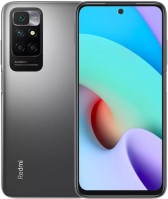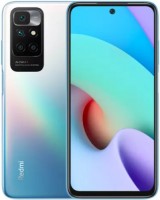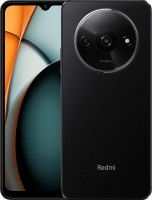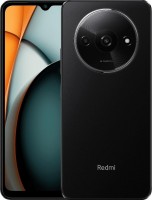Headphones Xiaomi series Redmi (low-cost)
prices on 7 modelsXiaomi Redmi
When the first fully wireless TWS headphones appeared on the market, many were delighted. No wires, touch controls, noisemakers, separate processors in each earphone and a bunch of "smart" functions — it turned out that boring gadgets suddenly stopped being boring, and every second wanted a pair of Apple AirPods. It's a pity that they cost a lot. Therefore, many held their horses and waited for what the Chinese would say to this. It didn't take long to wait, and in 2019 Xiaomi introduced the first version of fully wireless headphones Redmi AirDots, claiming to be popular.
 |
For their $25, they sound at a very decent level, work via Bluetooth 5.0 protocol, play for 4 hours on a single charge and can be used separately, playing the role of a headset. In addition, they are light, sit comfortably in the ears, do not fall out when walking and are not afraid of accidental moisture ingress. They were scolded except for the quality of plastic and inconvenient pairing with a smartphone (each earphone was connected separately), which is not particularly critical considering the price. All these shortcomings were removed in the second version of AirDots: the easily scratched glossy plastic was replaced with matte, the battery life was slightly increased, noise was added to the microphone. The result was another popular hit.
At the time of writing this material in the spring of 2021, the range of Redmi headphones consists exclusively of TWS-Redmi AirDots headphones. By this time, exactly 3 variations of Redmi AirDots were presented in the line: the first AirDots were released in 2019, a year later a second version appeared, and at the beginning of 2021 Xiaomi introduced the third, perhaps the largest update in this family. The battery life of the third AirDots model has increased to 30 hours, the intelligent detection function has been added and the overall sound quality has increased.






















